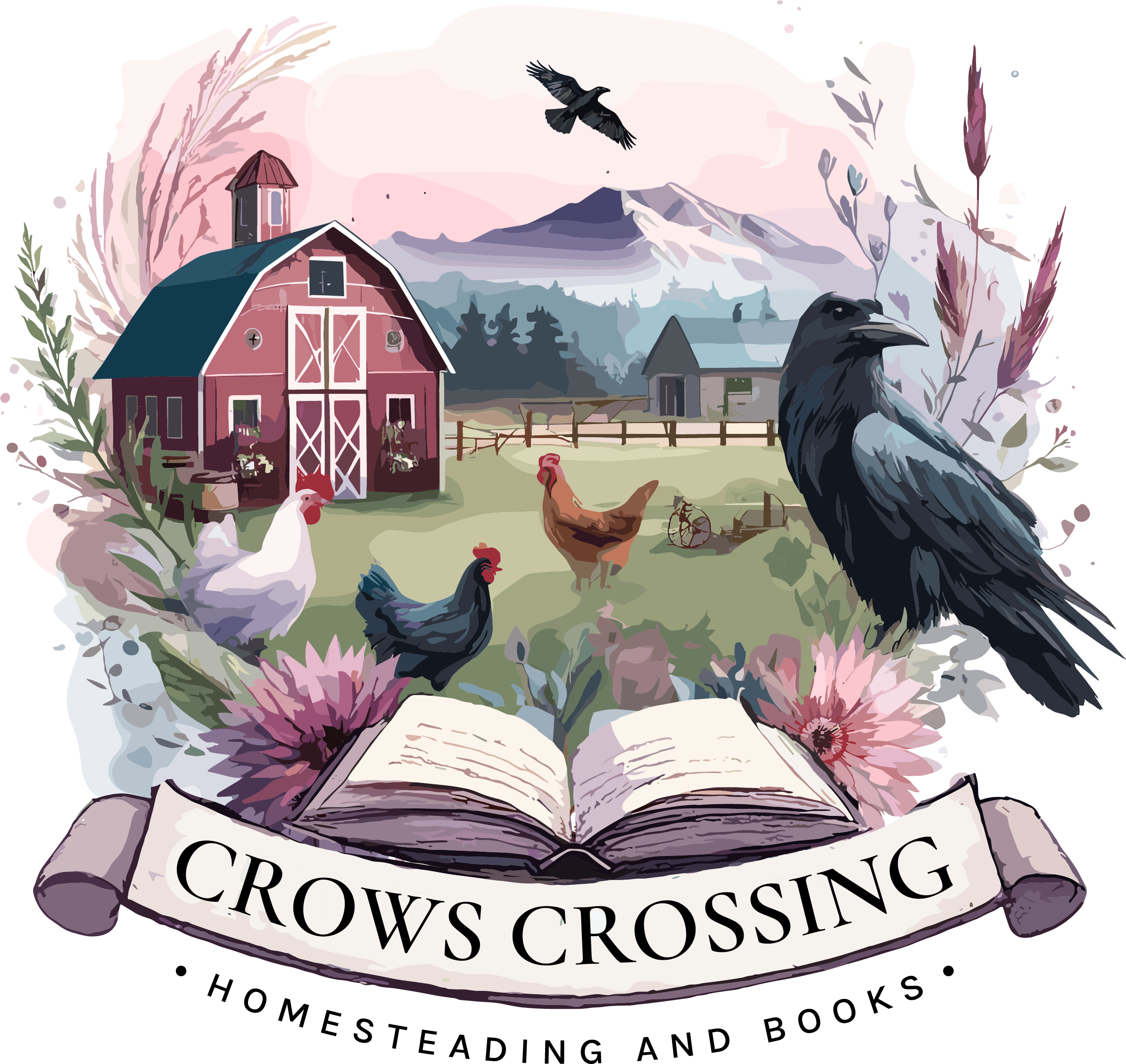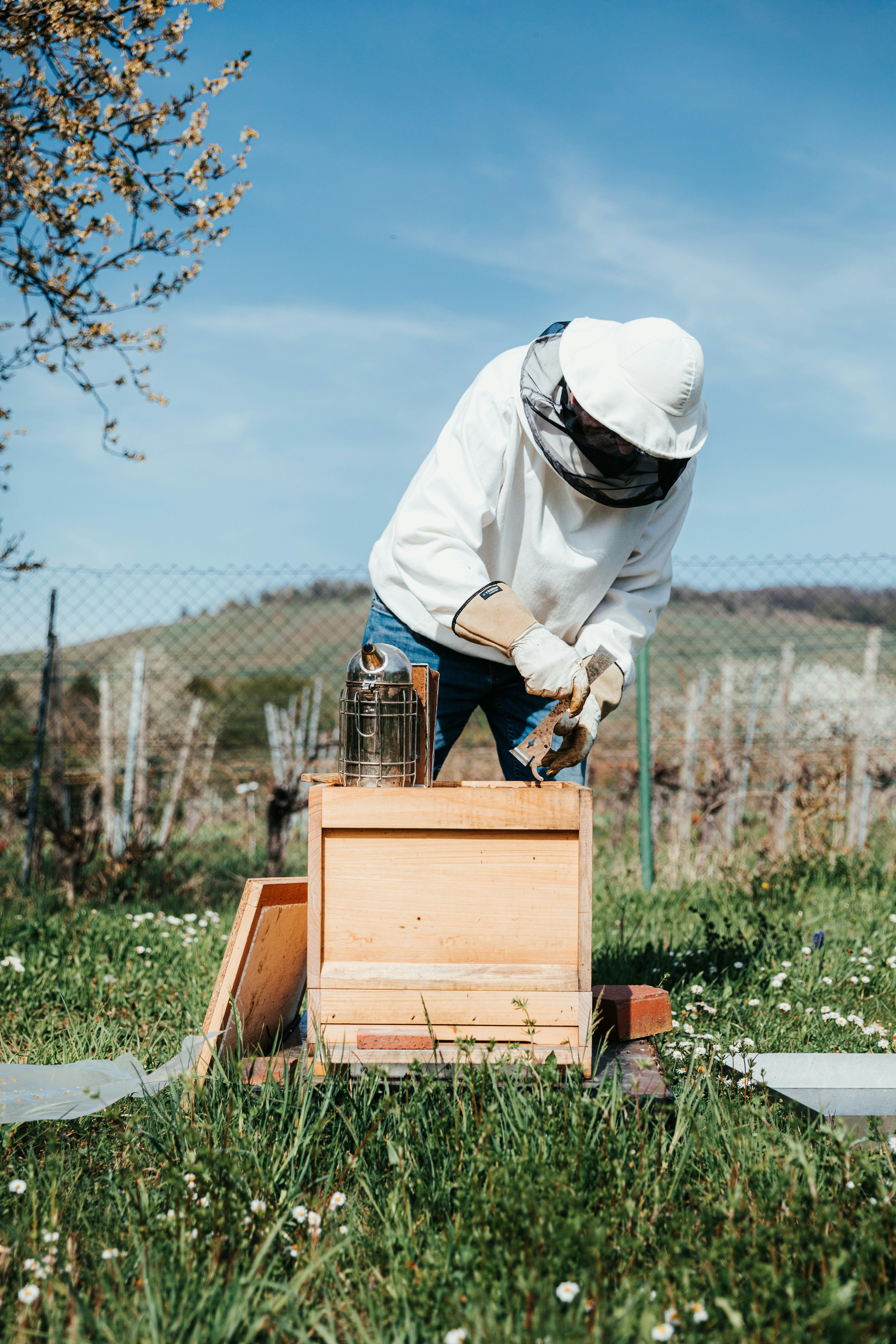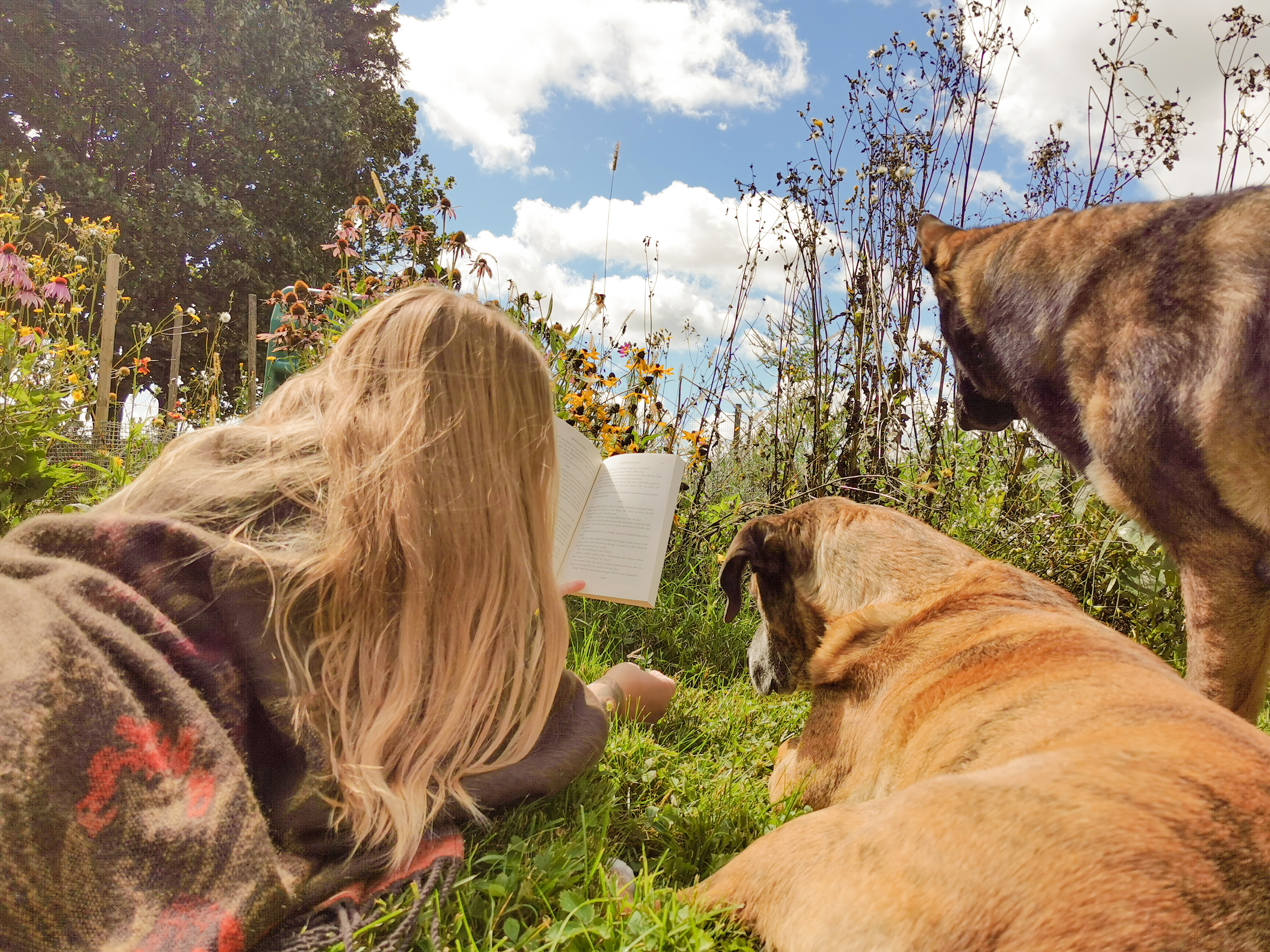Ah, so you’ve reached beekeeping age (which, in my opinion, is any age). You want to learn how to start your beekeeping colony. You’ve come to the right place! In this blog post, I’ll teach you all about the art of hive management, the fine line between curiosity and annoying your bees, and the thrill of spotting the queen – the Beyoncé of the bee world (thanks, Beyoncé). Follow these steps, and soon enough, you’ll have honey for days and stories of epic bee rescues for dinner parties. Let’s dive in and get your hive buzzing!
Crows Crossing is a participant in the Amazon Services LLC Associates Program, an affiliate advertising program designed to provide a means for sites to earn advertising fees by advertising and linking to amazon.com.
Basics Of Beekeeping
Understand Bee Behavior: Bees are social insects that have specific roles within their colonies: queens, workers, and drones. By learning about how bees function as a colony, you can better understand their needs and behaviours.
Know Your Local Regulations: Check local ordinances to determine if there are any restrictions on beekeeping in your area. Some regions may require permits or have specific guidelines regarding the placement of hives.
Take a Class or Workshop: Many beekeeping associations offer beginner courses covering hive management fundamentals, bee biology, and seasonal care. Participating in these classes can provide valuable knowledge for aspiring beekeepers.
Choosing The Right Hive Location
Sunlight: It’s crucial to place your hive where it receives plenty of morning sunlight. This helps bees warm up and start foraging earlier in the day, a key factor in their productivity.
Accessibility: Make sure the hive is accessible for routine inspections and close enough to water sources. Remember, bees need water to regulate hive temperature and make honey, so it’s our responsibility to provide them with this essential resource.
Protection from Wind: It’s important to shelter your hive from strong winds. By placing it near a natural windbreak, like shrubs or a fence, you can ensure the safety and comfort of your bees, making you a prepared and caring beekeeper.
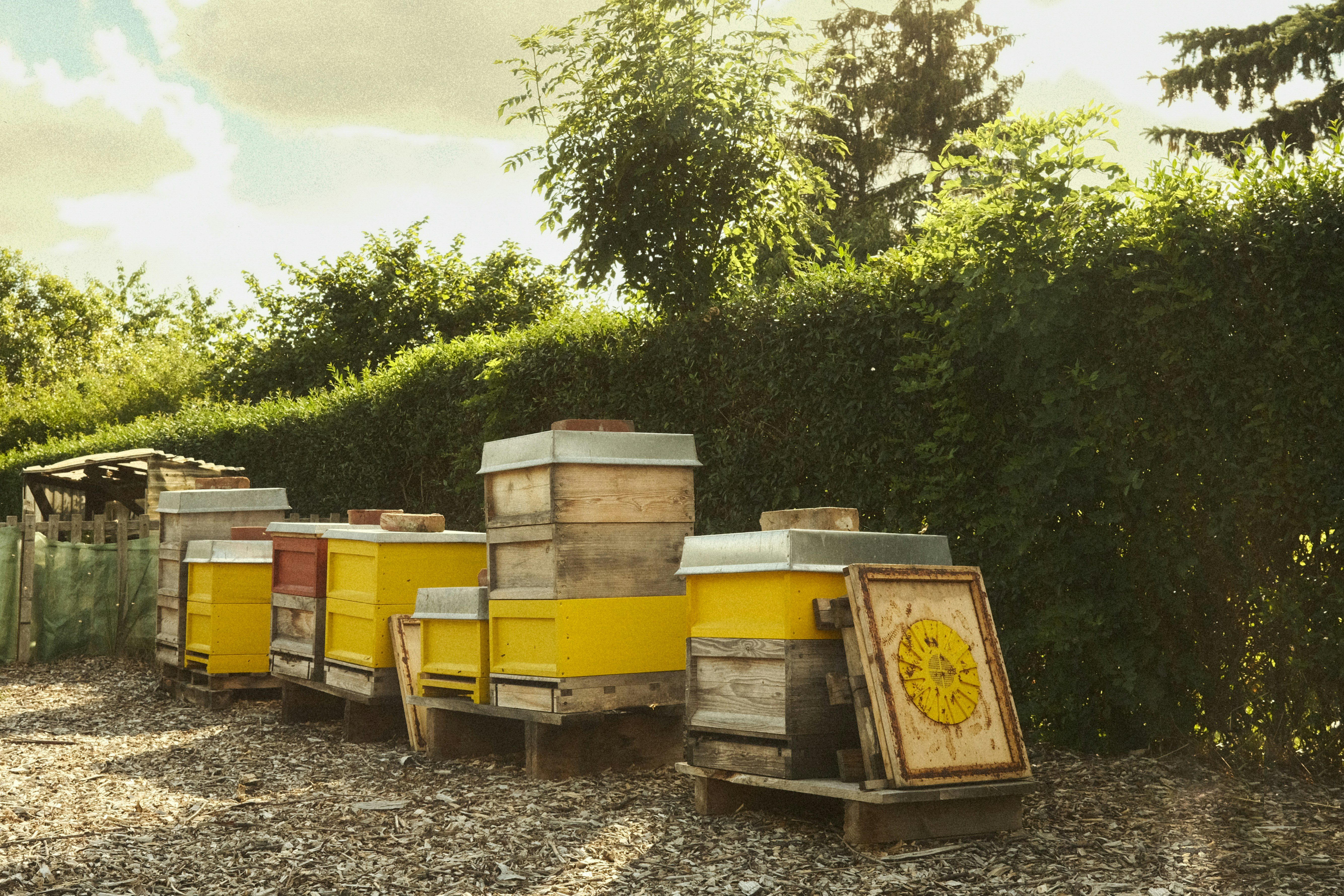
Selecting A Hive Type
Langstroth Hive: This is the most common hive design, featuring stackable boxes that allow for expansion as the colony grows. Langstroth hives are suitable for both beginners and commercial beekeepers.
Top-Bar Hive: This hive design is horizontal rather than vertical, making it easier to access the comb. Top-bar hives require less equipment but produce less honey than Langstroth hives.
Warre Hive: This hive resembles a hollow tree and emphasizes a natural approach to beekeeping. It requires a more hands-off management style but can be challenging regarding honey extraction.
Protective Beekeeping Gear and Tools
Bee Suit and Veil: Prioritize your safety by investing in a full bee suit, gloves, and a veil to protect yourself from stings.
Hive Tool: A hive tool is your versatile companion, essential for separating boxes, scraping wax, and prying frames apart during inspections.
Smoker: The smoker plays a crucial role in beekeeping, calming the bees by masking alarm pheromones and making hive inspections smoother and safer for you and the bees.

Sourcing Your Bees
Choose Between Packaged Bees or a Nucleus Colony (Nuc): Packaged bees come with a queen and worker bees, ready to establish a new colony. On the other hand, a nucleus colony is a small, already-established hive that comes with frames of honey, brood, and bees, making it a confident choice for beginners.
Timing: Order your bees early in the year to ensure they arrive in spring. This timing gives them ample time to establish and store honey for winter.
Install Your Bees In Their Hive
Prepare the Hive: Set up your hive, ensuring all frames are securely in place. Before installing the bees, it’s essential to check the frames to ensure they are ready for the new colony. Make sure you have sugar syrup to help your bees settle in and start building comb.
Introduce the Queen: If you’re installing packaged bees, carefully release the queen into the hive. In a nucleus colony, the queen is already integrated. Remember to wear your protective gear when handling the bees.
Feed the Bees: Newly installed colonies benefit from a sugar syrup feeder until they begin foraging.
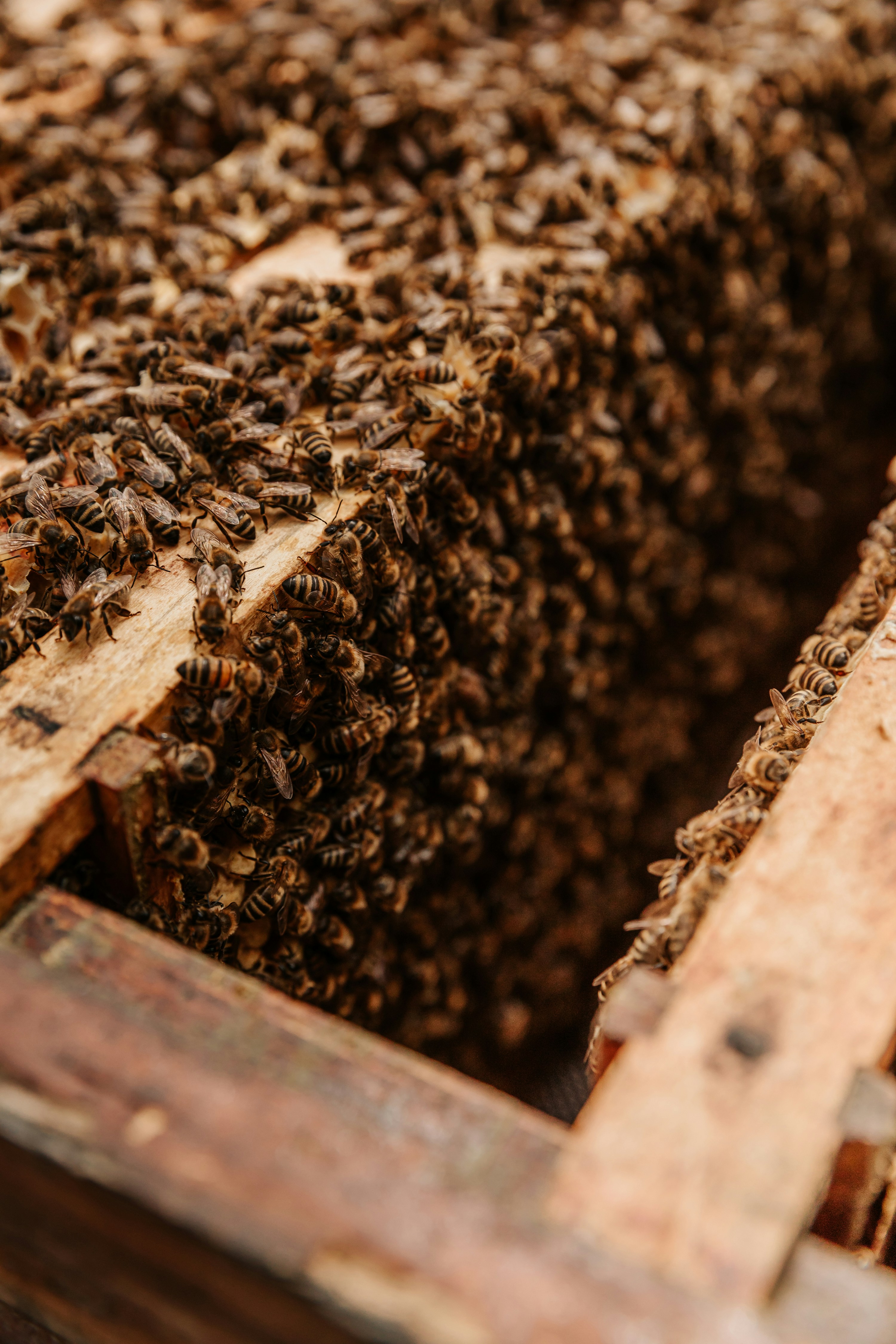
Routine Hive Inspections
Frequency: As a beekeeper, it’s your responsibility to inspect your hive every 7-10 days during the active season. This regular check-up is crucial to ensure your bees are healthy and have sufficient space.
What to Look For: Check for signs of disease, ensure the queen is laying eggs, and monitor honey and pollen stores. These stores are crucial for the bees’ survival, especially during the winter months. Also, check for pests like varroa mites.
Avoid Over-Inspection: While keeping an eye on your hive is essential, remember that excessive inspections can stress the bees and disrupt their productivity. Be considerate of their needs.
Manage Pests and Diseases
Varroa Mites: As the most common pests in beekeeping, controlling their numbers requires the active involvement of the beekeeper. Regular mite counts and treatments, such as using powdered sugar dusting or essential oils, are effective strategies.
Wax Moths and Small Hive Beetles: The vulnerability of weaker colonies to infestation by these pests underscores the importance of keeping your hive strong. Regular inspections and proper hive maintenance are essential to preventing these pests.
Natural Methods: Many beekeepers use Integrated Pest Management (IPM) strategies, like drone comb removal, to keep pests under control without chemicals. These methods are effective and can give you the confidence and security that you’re doing what’s best for your bees.

Harvesting Honey
Know the Right Time: Honey can be harvested once the bees have capped it, indicating the moisture content is suitable for storage. This crucial step typically occurs in late summer or early fall, a time when beekeepers should be ready to spring into action.
Use a Honey Extractor or Crush-and-Strain: Depending on your hive type, you may use an extractor or manually crush the comb and strain the honey. It’s vital to be cautious not to take too much; bees need honey to survive winter, and your responsible actions can ensure their well-being.
Leave Enough Honey for the Bees: As a general rule, leave around 40-60 pounds of honey for your bees in colder climates. In warmer areas, 20-30 pounds may be sufficient. This mindful approach ensures the bees have enough to sustain them through the winter.
Prepare For Winter
Insulate the Hive: In colder climates, it’s crucial to add insulation to your hive. This step is vital in protecting your bees from the harsh winter temperatures.
Minimize Hive Disturbance: It’s important to avoid opening the hive during winter. This practice helps the bees maintain the warmth and humidity they need.
Feed if Necessary: If honey stores run low, you must provide a sugar board or fondant as supplemental feeding. This act of care can make a significant difference in your bees’ survival during the winter.

Continue Learning and Join a Beekeeping Community
Stay Updated on Best Practices: Beekeeping is an evolving field, with new insights and techniques regularly emerging. By reading books, watching videos, and staying informed, you can take control of your beekeeping journey and ensure its success.
Connect with Local Beekeepers: Joining a beekeeping group or club offers a support network where you can learn practical advice from experienced beekeepers and get assistance if challenges arise. This will empower you with the knowledge you need for successful beekeeping.
Just remember: beekeeping is a journey, and you’re now part of a centuries-old tradition of humans working with bees (sometimes harmoniously, sometimes… less so). And when someone asks about your new hobby, feel free to throw out words like “apiary” and “nectar flow”—they’ll think you’re an expert, even if you’re still trying to tell the queen from that one overly ambitious worker. So here’s to you and your new buzzy buddies. May your honey jars be full, your bee suit be zipper-tight, and your neighbours remain blissfully unaware of just how many bees you’re hosting.
Beekeeping Resources
Here are some great books you can pick up on beekeeping.
Storey’s Guide to Keeping Honey Bees
